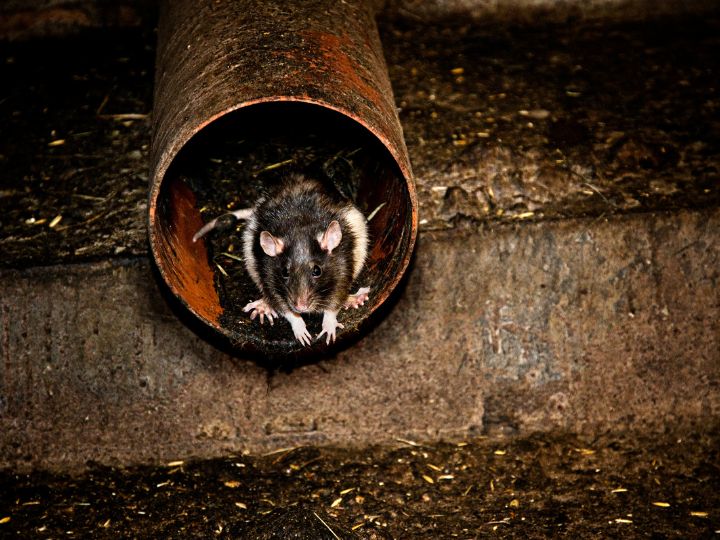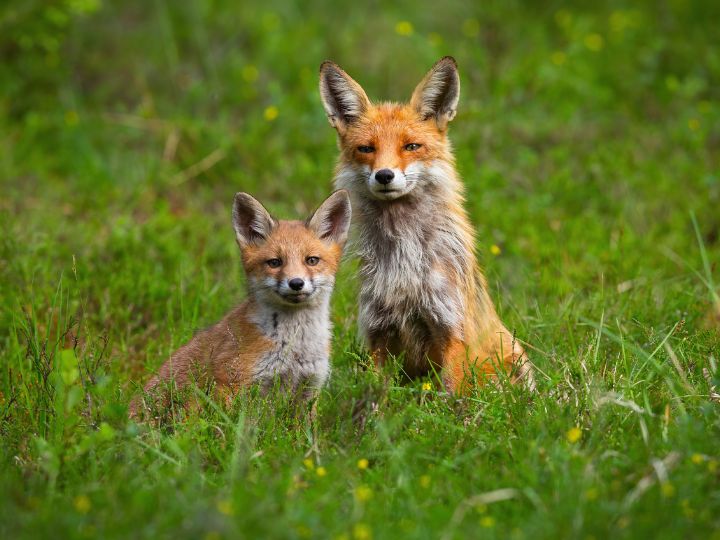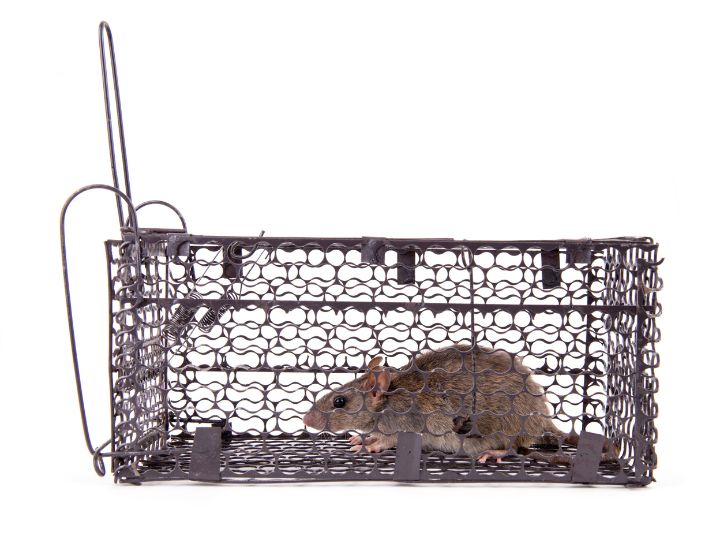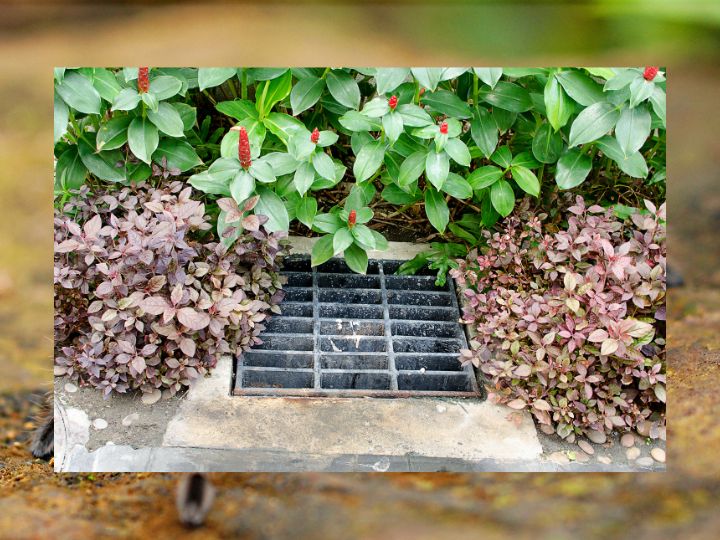Drains can be a suitable habitat for various animals, often providing them with shelter, food sources, and a place to breed. In this section, we will discuss the common types of animals that dwell in drains, including rats and mice, cockroaches, and drain flies.
The hidden world of urban drainage systems is home to a variety of animals that have adapted to thrive in these damp, dark, and mysterious environments. These animals range from common pests like rats and cockroaches to more unexpected creatures such as raccoons, foxes, and various insect species. This article will explore the fascinating lives of these animals and what drives them to inhabit the intricate and often hazardous world beneath our cities’ streets.
Drains and sewer systems provide shelter, access to water, and a plethora of food sources for these creatures. This makes them an attractive option for habitation, especially for those animals that are skilled at navigating the complex networks of sewers and pipes. Additionally, drains often play host to decaying matter and discarded food waste, which can serve as ample food for the animals calling these areas home.
Although some of these creatures may initially seem surprising as residents of drains, their presence highlights their adaptability and resourcefulness in making the most of an often-overlooked environment. As we delve deeper into the lives of animals that live in drains, we will learn more about their lifestyles, habits, and the role they play in maintaining a unique ecosystem beneath the surface of our bustling city streets.
Common Drain-Dwelling Animals
From rats and cockroaches to various species of insects and arachnids, these critters are the unnoticed tenants of our drainage systems. They have found ways to endure in these hostile environments where the presence of human waste, low light, and often unpredictable water flow are everyday realities. Yet these species not only survive but often thrive, becoming an integral part of our urban biosphere and providing some beneficial functions such as waste decomposition.
Rats and Mice
Rats and mice are among the most prevalent animals inhabiting drains and sewers. They can easily adapt to living in both active and abandoned drain systems. Rodents pose a serious
as they can enter homes through these drains, carrying diseases and causing property damage. Rats and mice have a remarkable ability to squeeze through small spaces, allowing them to infiltrate drain systems with ease.

Image Credit: Canva
Cockroaches
Another common drain-dwelling pest is the cockroach. They can enter your home through drains and sewers due to their versatile structure and climbing abilities. Cockroaches are known for carrying bacteria on their bodies, which can lead to the spread of diseases and contamination when they enter a home. They are attracted to drains as it provides them with a damp, dark, and secluded environment, perfect for seeking shelter and breeding.
Drain Flies
Drain flies, also known as moth flies, are small insects that lay their eggs in the slimy material that forms in drains. The larvae or maggots of these flies feed on the organic matter found in the drain, making it a convenient habitat for them to thrive. Adult drain flies resemble tiny, fuzzy moths and can often be seen hovering around drains. These flies are more of a nuisance than a health threat, but controlling their infestations can prove difficult, as their breeding sites are difficult to reach.
In conclusion, although drains and toilet pipes serve as a vital component of modern sanitation, they can also be a breeding ground for various pests and animals. Proper drain maintenance and pest control measures can help mitigate the risks posed by these drain-dwelling creatures.
Adaptations for Drain Living
Locomotion and Mobility
Animals that live in drains have adapted their locomotion and mobility to traverse the challenging environments found within these systems. Rats, one of the most common drain-dwelling species, have flexible bodies that allow them to squeeze through tight spaces, crawl, and navigate complex pipe systems. Their sharp claws and whiskers help them climb and maintain balance on uneven surfaces.
Fish that live in drains, such as the common goldfish, have also adapted to the narrow, dark, and sometimes fast-moving water environment. They possess streamlined bodies and strong muscles for rapid swimming, allowing them to overcome the powerful currents in drain systems.
Feeding Strategies
Drain-dwelling animals have evolved unique feeding strategies to survive in these environments. Rats are opportunistic omnivores, meaning they consume a variety of food sources available in drains, including insects, plant material, and food waste from humans. This adaptability allows them to thrive in areas with scarce and diverse food supplies.
Raccoons and foxes, which sometimes inhabit drains, have a similar opportunistic feeding strategy. They consume a variety of food sources such as rodents, fruits, and human garbage. Their dexterous paws and strong jaws enable them to scavenge and process food efficiently in these environments.

Image Credit: Canva
Reproduction and Nesting
Reproduction and nesting adaptations are essential for the survival of drain-dwelling animal populations. Rats, for instance, breed rapidly and can produce multiple litters throughout the year. This high reproductive rate helps maintain their population despite the challenging conditions of drain systems.
In contrast, raccoons and foxes have more structured reproductive cycles, typically breeding once or twice a year and establishing dens within drain systems for shelter and protection of their young. These behaviors allow these species to safely raise their offspring in the harsh environment of urban drains and contribute to their successful survival.
Health Risks and Prevention
Disease Transmission
Animals that live in drains, such as rats and cockroaches, can pose health risks to humans. Rats are known carriers of various diseases, including leptospirosis and rat-bite fever. Cockroaches can spread bacteria such as E. coli and Salmonella by crawling through contaminated areas and then onto surfaces where food is prepared or consumed.
In addition to direct disease transmission, these animals can also contribute to the growth of harmful algae and cyanobacteria in water systems. Exposure to these toxins can lead to stomach pain, vomiting, or diarrhea in humans.
Pest Control Methods
To minimize health risks and prevent infestation by animals living in drains, consider the following pest control methods:
- Trapping and removal: Use traps or seek professional assistance in removing rats or other pests from your property.

Image Credit: Canva
- Insecticides: Apply appropriate insecticides in and around drains to eliminate cockroach populations.
- Seal gaps and cracks: Inspect your home for any gaps or cracks that may serve as entry points for pests and seal them to prevent infestations.
- Keep your home clean: Maintain cleanliness in kitchens and bathrooms to eliminate food sources and nesting sites for pests.
Drain Maintenance Tips
Regular drain maintenance can also help to prevent animals from inhabiting your home’s plumbing system. Keep these tips in mind:
- Flush drains with hot water: Run hot water down sinks and showers periodically to break up any accumulated organic matter.
- Use drain covers: Place drain covers over openings to keep pests out and prevent them from entering your pipes.
- Keep outdoor areas clean: Remove garbage, debris, and standing water that may attract pests to your property.
- Inspect your pipes periodically: Check for signs of damage or blockage in your plumbing system and address issues promptly.
Frequently Asked Questions
Becky is a fervent wildlife enthusiast and pet care expert with a diploma in canine nutrition. Her love for animals stretches beyond the domestic, embracing the wild tapestry of global fauna. With over a decade of experience in animal welfare, Becky lends her expertise to OutlandishOwl through insightful articles, captivating wildlife information, and invaluable guidance on pet nutrition. Her work embodies a deep commitment to understanding the intricate lives of animals and a passion for educating others on sustaining natural habitats. Becky's hands-on conservation efforts and her knack for translating complex dietary science into practical pet feeding tips make her an indispensable voice for creatures great and small.




